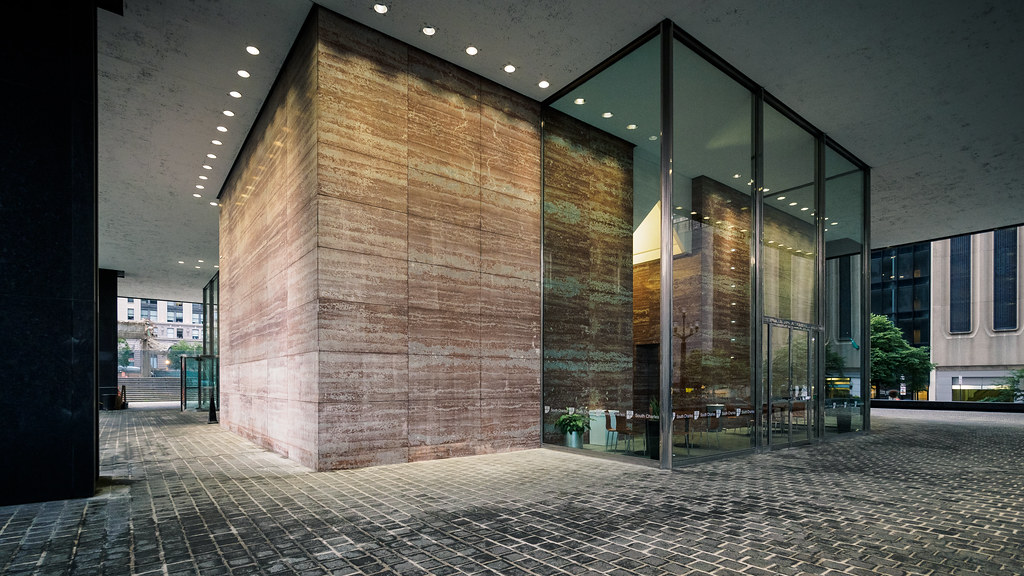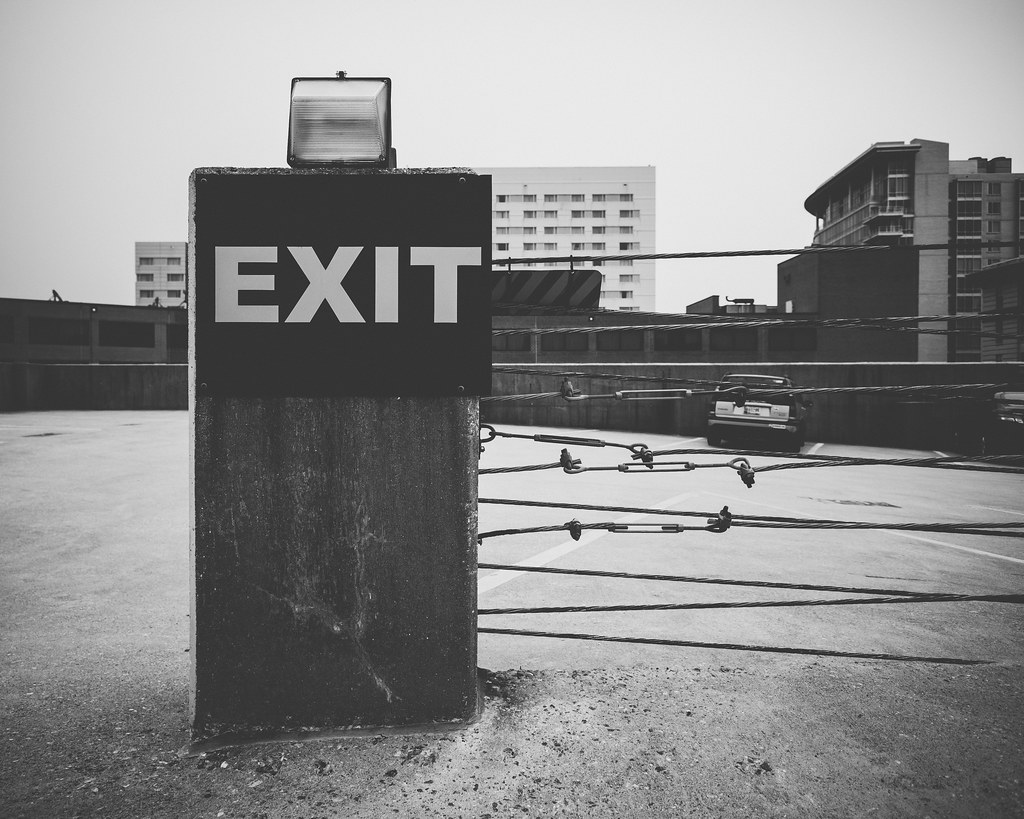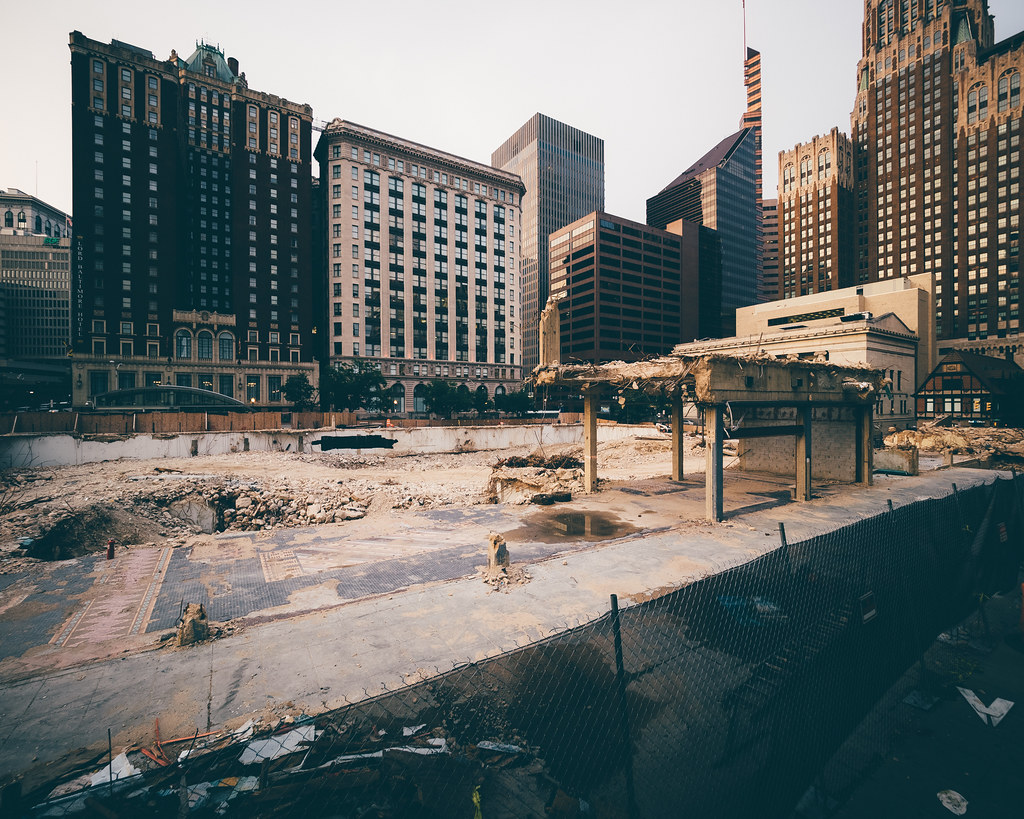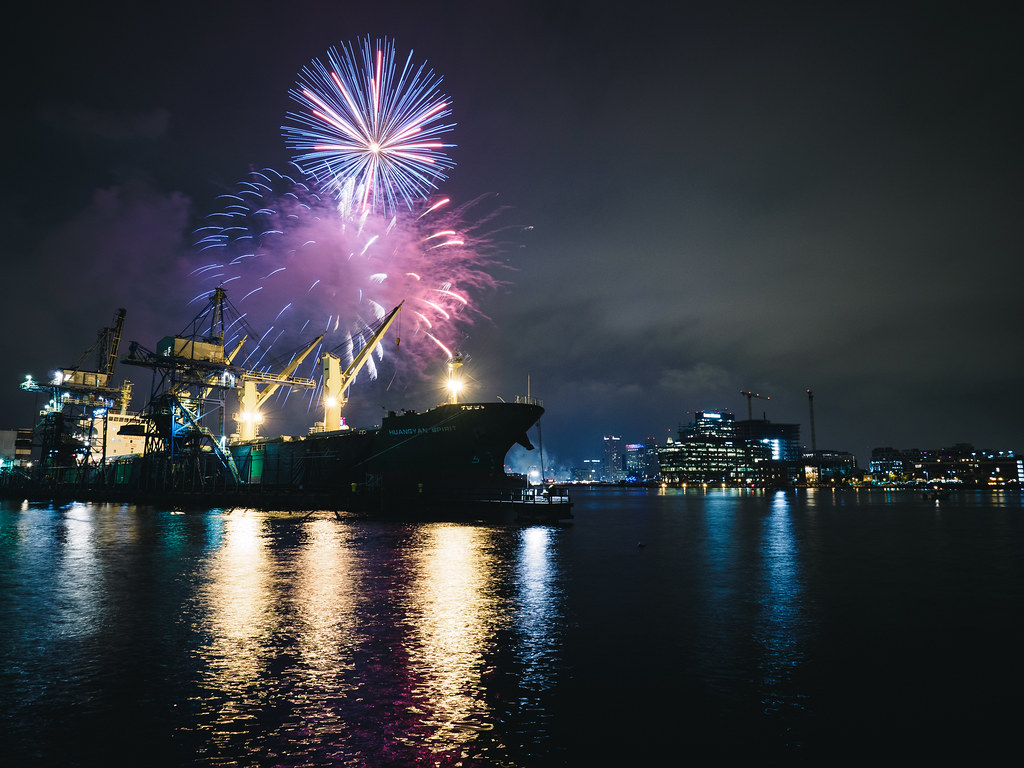About two weeks ago I received my copy of Olympus' newest "PRO" zoom offering, the M. Zuiko 7-14mm f/2.8. My initial review was strictly built from first impressions of the lens in the biased view of someone who just acquired a new toy. Having had two weeks to both experiment with the optic and implement it in a working setting... well... actually, my opinion of the lens hasn't changed much.
It is remarkably sharp. With the 12-40mm and 40-150mm f/2.8 PRO zooms in my bag, I should be used to stellar sharpness from Olympus' line of M. Zuiko PRO zooms, but the degree of sharpness wide open still manages to astound me every time. Granted, in a working environment, I am using these zooms stopped down to f/11, and for completely different reasons am impressed at the absence of diffraction-induced softness (although I suspect, based on heavy softness in other systems' zooms stopped down just as much, that lens construction may play some part in this... if you know, I'd appreciate an explanation in the comments).
The versatility of these optics is quite simply insane. To channel my inner dork, owning the trio is like benefiting from a set bonus in your RPG of choice. Each lens has a very defined role in my kit, and for the first time in year of photographing I feel compelled to suck it up regarding my typical whining about carrying too much, get a bigger bag, and pack the full trio every time. Now, for candid snaps and daily walk-around, of course I would stick to a prime like the 17mm or 25mm f/1.8, but when I am working, or when there is a deliberate image I an intently focused on creating, the PRO zoom trio is my new enabling de facto standard gear set. I don't feel there is much I can't do with it.
Back to the 7-14mm, however. It does flare heavily to me. I mentioned in the previous review that I have never used an ultra-ultra wide lens before, and the only other Micro Four Thirds offering, the Panasonic 7-14mm f/4, is apparently atrocious by industry standards regarding flare, so my thought on the Olympus' flare is that it is gentle compared to the norm, but even the norm is a bit heavy compared to what I'm used to in the 12-17mm range. When wide open, the flare is markedly less pointed and pronounced, but there is an appeal to the starbursts the aperture of the lens generates at f/11 that makes me more inclined to risk the flare or correct it in post. Perhaps the only other lens in the Micro Four Thirds market with any more appealing a burst is the Voigtlander 17mm f/0.95 (and I suppose, vicariously, the 10.5mm f/0.95, of which I have heard... less than appealing reviews of, unfortunately).
Case and point, an English basement apartment I photographed in DC this past weekend was lit by small ceiling-mounted spotlights running bright LEDs. I've dealt with similar lighting using the 12-40mm f/2.8 in the past and flare was never an issue, however with the 7-14mm dialed in around 9mm and f/11, each spotlight created a concentric bolt of light and stretched bright spots leading down into the center of the frame. Not appealing and not acceptable by my client's standards, so they required manual removal in Photoshop. More recently I've run into similar situations and yet the problem was never as pronounced, thus I still require more time to experiment and understand what combinations of contrast, light and direction of that light are inflicting this problem in my real estate photos (or, for those of you in the industry, is this a normal thing to have to deal with in post?).
This is, of course, an issue I've only ever seen in use of the lens for sake of photographing staged interiors. It is a completely different animal in the practice of street shooting. And it may be my favorite animal for such work, at that.
Thursday of last week my friend Kevin and I ventured into Baltimore for some good old fashioned black and white street shooting. It was a heavily overcast day but the humidity was relatively low (compared to how it's been in the area for the past few weeks, at least), thus perfect conditions in which to hunt our photographic quarry. We stopped at West Baltimore and Greene, walked down to Lombard and East till President Street, then made our way back up Franklin. A nice walk, and the experience taught me something I absolutely never expected about ultra-ultra wide focal lengths.
Ultra-ultra wide focal lengths are GREAT for street shooting.
The saying on photography websites and forums is redundant enough to be cliche, but it never stops being true. If you want to take really stellar photos, get closer. With the 7-14mm f/2.8, I couldn't help myself but to hold my camera at the hip and snap away blindly at every crowd we walked past. And the shots came out fantastic. Nothing that I have yet uploaded, but even if it winds up being work I never publish, it's a thrilling kind of methodology by which to engage in street shooting. To walk within elbow distance of your unsuspecting subject, snap a candid frame, and never stop walking. I'm understanding the appeal of street photography in an entirely new way.
Even wide open, the depth of field of such a wide angle keeps entire frames in focus from a few feet back, but given how close one can approach a subject with that wide angle backgrounds are still thrown out into a creamy bokeh, however subtle. Amid natural light, flare was never an issue, and even as the sun set over the ruins of the demolished Morris Mechanic Theater, no stray light pierced the frame with anomaly.
Easily one of the most enjoyable experiences photographing I've had in some time, and I'm excited to experiment further with the new possibilities enabled by these alien (to me) ultra-ultra wide focal lengths.
A bit of irony in my experience with the lens is that it seems to serve me better in a more candid, as above mentioned, street shooting situation than it does in the capture of real estate photography. Yes, many spaces genuinely do require a focal length wider than is offered by the 12-40mm, sometimes one simply can't back up far enough to compose the strongest frame. But in my experience photographing the design of interior spaces, those enormously wide focal lengths are less useful than the composition of a frame tightly detailing a specific set of design elements and features, properly controlled by reductive framing. I've shot maybe 17 real estate jobs in the last 2 weeks with the 7-14mm, and I'm already missing the much cleaner look of the 12-40mm with circular polarizer to subdue reflections and stray highlights on wooden floors, the contrast of color and balance of exposure. The greatest weakness of the 7-14mm is its lack of filter compatibility, which I suspect will be addressed by third party implementation, however I will still be reluctant to use a CPL on such a wide lens.
Thus the acquisition is bittersweet. The primary motivator to pre-order the lens was for its application to my real estate photography work. Having procured it, it's usefulness in that area seems remarkably limited compared to the vast scope of use originally envisioned. The M. Zuiko 12-40mm f/2.8 PRO may not be ousted from my bag yet after all, as was originally predicted 2 weeks ago. However, the application of the 7-14mm focal lengths in my personal shooting, parties, events, and even street photography, these new perspectives offer an awesome jolt of inspiration to try new things, practice unique application of the perspective distortion created, and simply have fun with capabilities I've simply never had before. I never could have anticipated a purchase intended to benefit my photography as work failing in that regard yet managing to provide my photography as lifestyle such an energetic jolt!
This past weekend, mortars went off en masse for the Fourth of July holiday. Intent to use the 7-14mm for night exposures of the fireworks, I found a nice spot in Tide Point to snap the colorful bursts unimpeded by the crowds of Baltimore's Inner Harbor and Federal Hill. It certainly didn't disappoint. So... I think I will have a lot of fun with this lens. What happy luck that it will not be relegated to "work equipment" in my mental allocation process, but rather "super fun thing for super fun times".








No comments:
Post a Comment